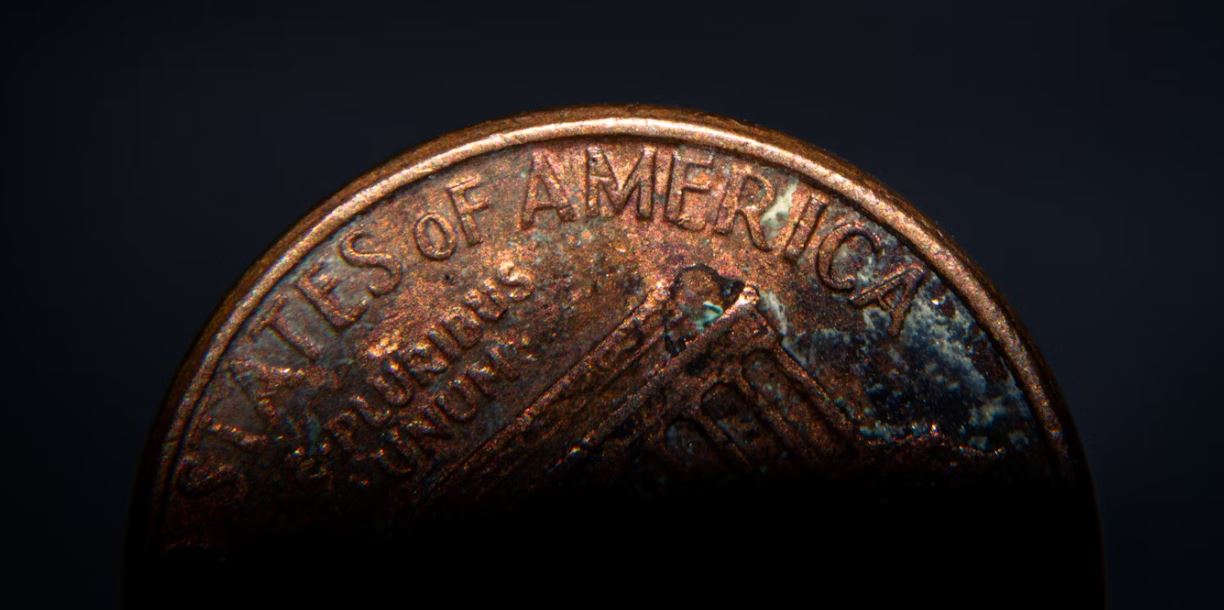PHILADELPHIA — The rhythmic clatter of coinage presses, a sound that has defined the Philadelphia Mint for generations, skipped a beat on Wednesday. In a somber yet celebratory ceremony, the United States officially ceased production of the penny for circulation, ending a 232-year run that began just blocks away in 1793.
U.S. Treasurer Brandon Beach was on hand to press the button for the final strike, producing a ceremonial batch of Lincoln cents that will never touch a cash register.
Marking the coin's finality, the last 50 pennies minted were stamped with a microscopic Greek "Omega" symbol ($\Omega$)—the letter representing "the end"—placed discreetly beneath the date "2025."
"We are closing the book on a chapter of American history that spans from George Washington to the digital age," Beach said during the ceremony. "The penny has served its nation well, but the time has come to move forward."
The Economics of the End
The decision to retire the penny, long debated in Washington, was ultimately forced by inflation. According to the Mint’s 2024 annual report, the cost to produce, administer, and distribute a single one-cent coin had risen to nearly 3.7 cents.
With the federal government losing approximately $56 million annually on penny production, and with the coins largely accumulating in jars rather than circulating in the economy, the Treasury Department finalized the decision to halt production earlier this year.
"It simply didn't make cents anymore," joked Mint Director Ventris Gibson, though the mood on the floor was reflective. Many employees at the Philadelphia facility have spent decades managing the production of the copper-plated zinc coins.
A Philadelphia Story
The retirement of the penny is a uniquely Philadelphian story. The "Mother Mint" produced the nation’s first circulating one-cent piece—the "Chain Cent"—in March 1793. That coin, struck by hand-turned screw presses, held genuine buying power in the 18th century.
Wednesday’s ceremony brought that history full circle. The final "Omega" pennies were struck on the same grounds where billions of Lincoln cents have been produced since 1909.
What Happens Next?
While the Mint has stopped making new pennies for commerce, the coin is not disappearing overnight.
-
Legal Tender: Existing pennies remain legal tender and can still be used.
-
Rounding: Retailers are expected to begin voluntarily rounding cash transactions to the nearest nickel (a system already used on military bases and in countries like Canada). Electronic transactions will remain exact.
-
The Omega Coins: The 50 special "Omega" pennies struck on Wednesday will not be distributed to banks. Instead, they will be graded and auctioned to raise money for the National Numismatic Collection and debt reduction. Experts predict individual coins could fetch over $100,000 due to their historical significance.
For now, the penny presses in Philadelphia have gone silent, to be retooled for nickels and dimes, leaving the 2025 Lincoln Cent as the final punctuation mark on two centuries of copper currency.
